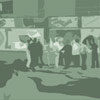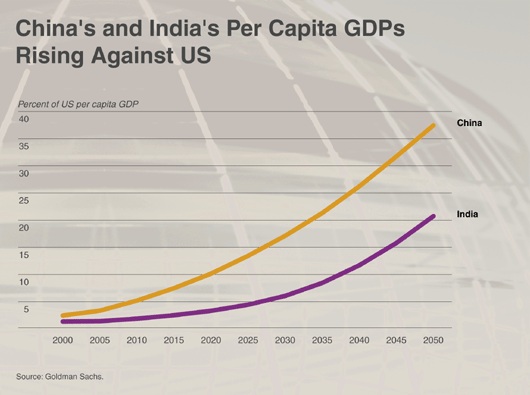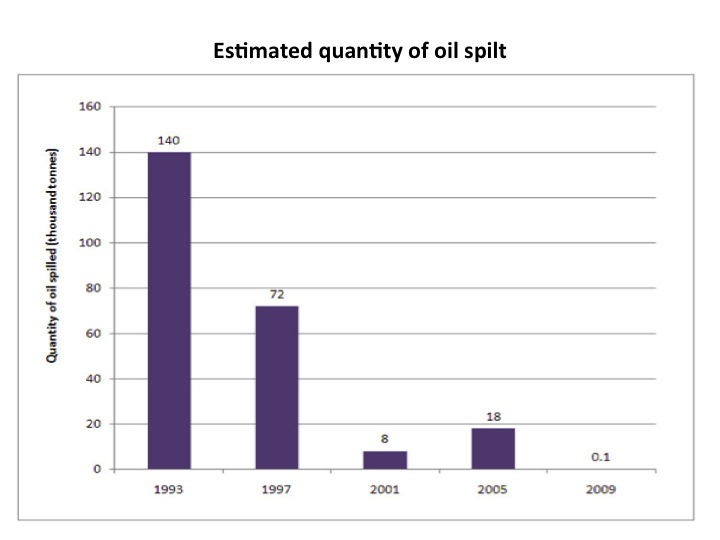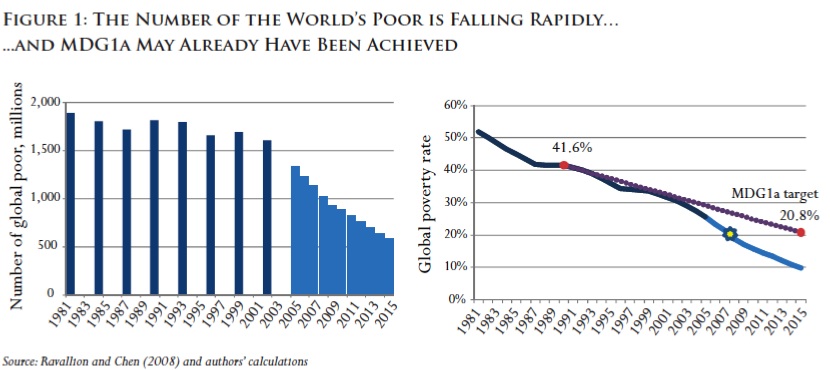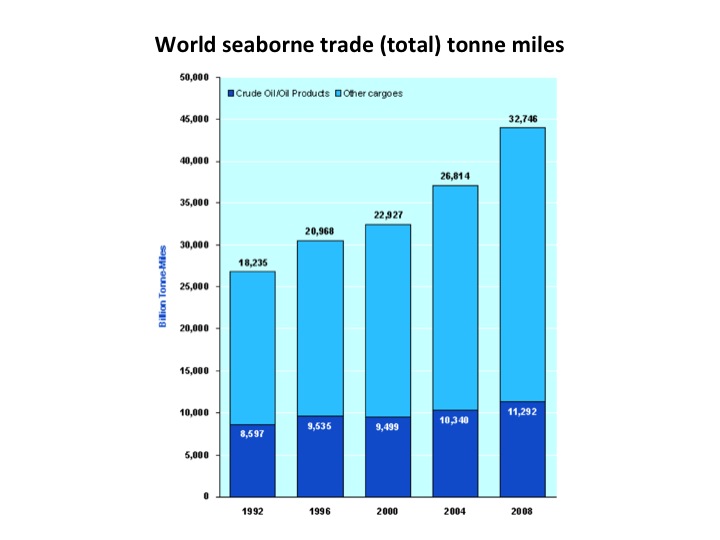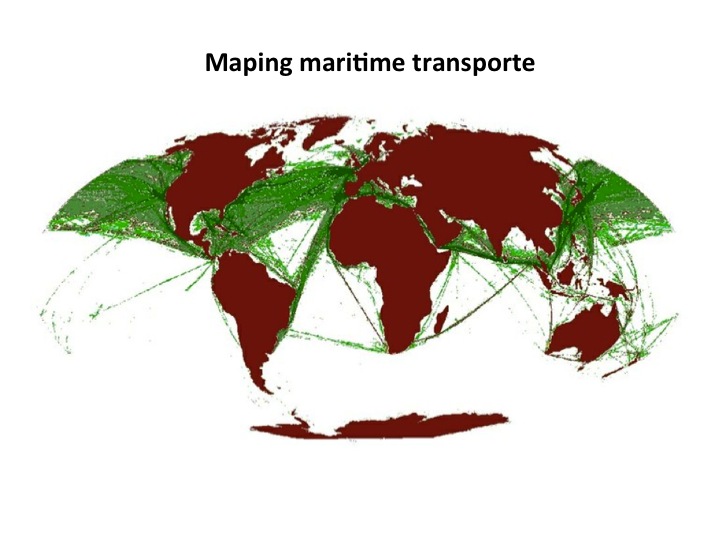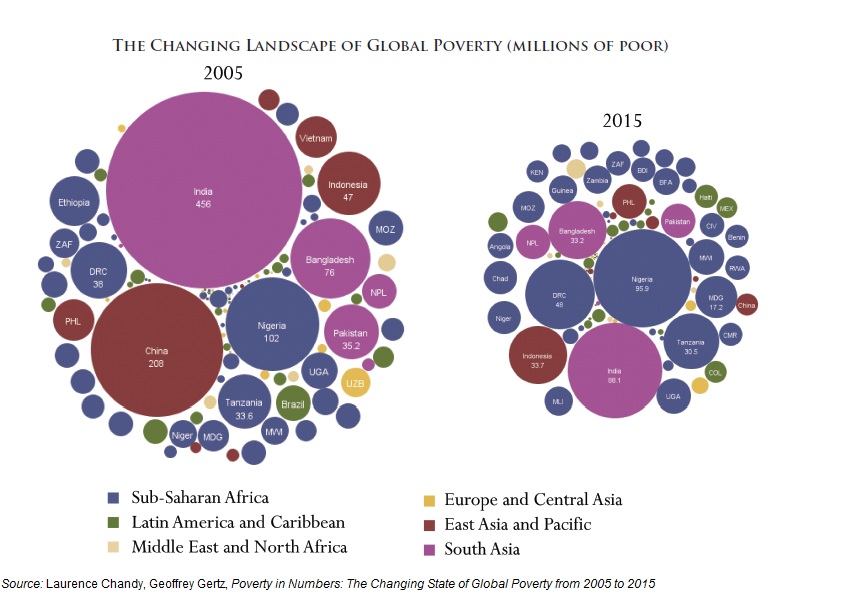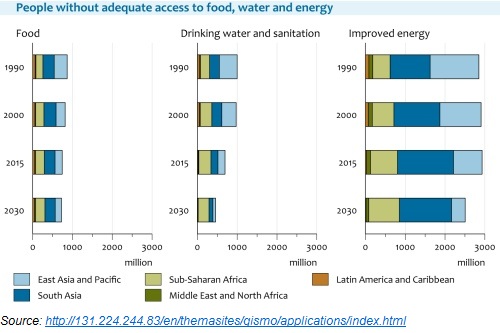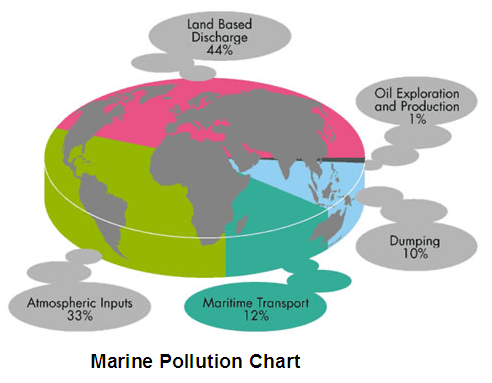Global
Submitted by Médérick DUMESNIL on
China's and India's Capita GDPs
Submitted by Andy on
Estimated quantity of oil spilt
Submitted by Médérick DUMESNIL on
World seaborne trade (crude oil/oil products) tonnes
Submitted by Médérick DUMESNIL on
Global Poverty in Numbers
Submitted by Andy on
World seaborne trade (total) tonne miles
Submitted by Médérick DUMESNIL on
Maping maritime transporte
Submitted by Médérick DUMESNIL on
The Changing Landscape of Global Poverty
Submitted by Andy on
People without Adequate Access to Food, Water and Energy
Submitted by Andy on
Marine pollution chart
Submitted by Médérick DUMESNIL on

